Knowing answers to basic questions like, “What does the bid and ask mean in stock trading?” are important foundational things that you need to know when it comes to trading stocks.
Lucky for you, we’re going to answer that question and much more in this article.
We’re going to cover:
- What does the bid and ask mean in stock trading?
- What is the difference between ask and bid in stock trading?
- An Example: Ask vs Bid price in Stock Trading
- Who and What Sets a Bid-Ask Spread?
- Why is this important to know when you’re trading stocks?
- How to decide if you should go with bid or ask
- Other Common Questions
What does the bid and ask mean in stock trading?
The bid price is what a buyer is willing to pay at a given moment.
The offer price, on the other hand, is what a seller is willing to sell at a given moment. The difference between these two prices is what you get when you buy or sell securities.
If you want to buy a stock, you will have to pay what the bid price is at that given moment. On the other hand, if you want to sell securities, you must receive what the offer price is at that specific time. This means that it doesn’t matter what your intentions are when buying or selling an asset; all what matters is what the bid and offer price is.
For example, if you want to buy XYZ Corporation stock and the bid/offer price is $20/$21, what you need to pay for one share of XYZ Corporation (its market value) will be what the offer price ($21) is at that specific moment.
When selling securities, it’s vice versa – what you will receive for a trade is what the bid price is, not what the market value of one share of XYZ Corporation is.
What is the difference between ask and bid in stock trading?
The difference between the ask and the bid in stock trading is referred to as the “bid ask spread.”
The spread between what a buyer is willing to pay and what a seller is willing to sell at any given moment is what you will get if you buy or sell anything in stock trading.
The bid and offer prices are what investors need to consider when buying or selling assets, regardless if their intentions are long term, short term or if they just want to play the market.
An Example: Ask vs Bid price in Stock Trading
Let’s look at a quick example.
John Doe is buying ABC Corp shares with plans on holding them for one year. Jane Doe decides to sell her shares of XYZ Corp in order to raise capital for a new business venture.
John Doe has to pay what the bid price is ($24) at that given moment in order to buy ABC Corp shares, which are trading at $24 at that moment. Jane Doe will receive what the offer price ($23.75) is because she’s selling XYZ Corp shares, which are being traded at $23.75 at that moment.
In this example, John Doe is going to pay what the bid price is ($24) for ABC Corp shares he wants to hold for a year, and Jane Doe will receive what the offer price ($23.75) is for selling her XYZ Corp shares.
This means they both received what is called the spread, which is what you will get if you buy or sell anything in stock trading. In this example, the spread between what John Doe pays for ABC Corp shares ($24 per share) and what Jane Doe receives for selling XYZ Corp shares ($23.75 per share) equals what they both received ($0.25).
Who and What Sets a Bid-Ask Spread?
The bid-ask spread is set by a financial market, sometimes called the market maker.
The principal market-maker for a stock usually sets the bid and ask prices which drive the initial price at which stocks are traded.
As you might have guessed, this arbitrage is what guarantees that you pay the exact going rate for a particular security or commodity, rather than being charged a premium over fair value as would occur were you to purchase from another investor on an exchange.
In this respect, it benefits all of us to feel confident in our belief that firms like Goldman Sachs really do make money on the long side of their books as often as they make money on their short side – because even though they’re entitled to speculating against client positions sometimes, clients speculate
Why is this important to know when you’re trading stocks?
It is important to know the difference between the bid and ask price, because it shows just how liquid the market is at any given time for a security based on the price bid.
If there is a large gap between the bid and ask price, the security is not liquid.
This means that there aren’t a lot of buyers and sellers for it.
So if you trade this security, you may not be able to get your trades filled at a good price – because the market for it varies so much.
This often happens when you trade things like penny stocks.
So even if the price of your stocks go up, if the bid/ask spread is really wide, you might not be able to sell and get out of the trade with a profit.
Most popular stocks have a spread of a few cents, but less popular stocks can have spreads as high as $1 or more!
How to decide if you should go with bid or ask
The Bid is the best price an investor will buy at and Ask is the worst.
On average, ask prices are higher than bids. Generally 10% of the time you’ll get a better deal by asking for it than by bidding for it. The other 90% of the time, you’ll end up paying more if you asked for a lower price.
So what should you do? If your gut instinct (or intuition) tells you that tomorrow’s market might be different from today’s market, go ahead and make both a bid and an ask order! The other way to play this strategy is to place one or two orders with bids slightly below or above your target level (depending on which direction you think things might move).
Most of the time, you can get your order filled by choosing a price right in the middle of the bid/ask spread.
Other Common Questions
Why is the bid higher than the ask?
It’s because stock trading is mostly speculative to the point that asset traders will buy low and sell high, then hope their prediction becomes true.
When a buyer is willing to pay more than the seller is asking for, they are said to “bid” on the stock. The price at which a buyer bids will be greater than the price at which a seller is asking because traders expect that someone will come along and bid even higher, or that someone may be about to ask for the same amount as them if they’re unwilling to go any higher.
Trade can happen in either direction – from sold shares being bought back by investors or from new investors buying those shares as well as others not currently owned. One of these traders sits on one side of the trade, while the other party takes up position on the other side of it.
Do I sell at bid or ask?
The answer to any question like this hinges on the market’s liquidity, or how easily shares can be bought and sold with minimal interruption.
If the ask price is higher than the bid price, then the spread means you need to make up this difference when you sell your shares, meaning that now is not a good time for you to place a trade.
Again, just like when you bid, most of the time your order can be filled if you place a trade right in the middle of the bid/ask spread.
How can you tell if your stocks are trending?
There are many different ways to tell. One way is to look at the line graphs for the stocks, which often show a green line that moves up and down. If such a movement pattern exists then it is said that the stock has tips trending in that direction.
Another way to tell is by the volume, which will indicate how widespread a company or stock movement might be.
Having a greater number of transactions in a company means that more people are buying and selling stocks, which signals that there is likelihood of an increase in value for this company, and can tip you off as to how a stock is trending.
Generally speaking, it’s always advisable to follow the trend.
Are there any best practices when buying or selling currency on an exchange?
Don’t trade on margin and stop watching the 24-hour price fluctuation.
There are two things to keep in mind: risks and fees.
Trading on margin (increases ones potential profit and potential losses) and paying high fees for trades, opening/closing accounts, or wire transfers will decrease profits over time.
For both buying or selling currency through an exchange, limit orders are generally preferred because they have lower fees than market orders do.
Furthermore, many people give up before seeing any change in their investments due to the wild fluctuations of 24-hour support prices.
It’s important to set sustainable goals that will be completed within a reasonable amount of time so that risk management is still possible even with large swings in market price fluctuations.
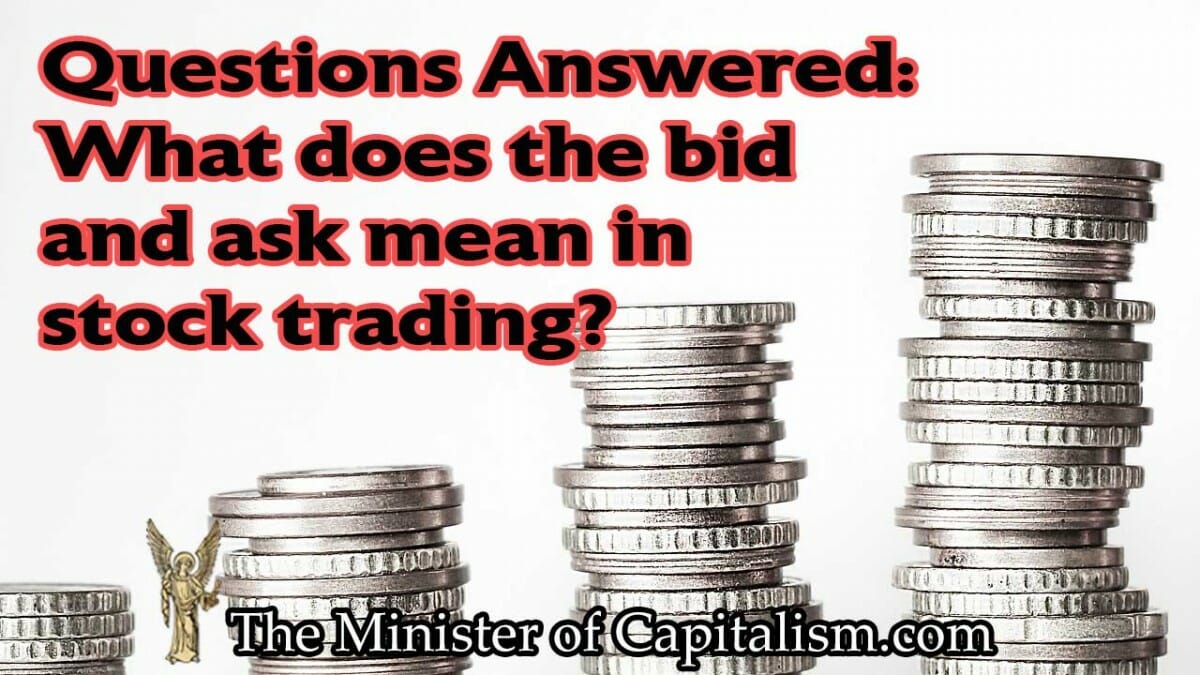
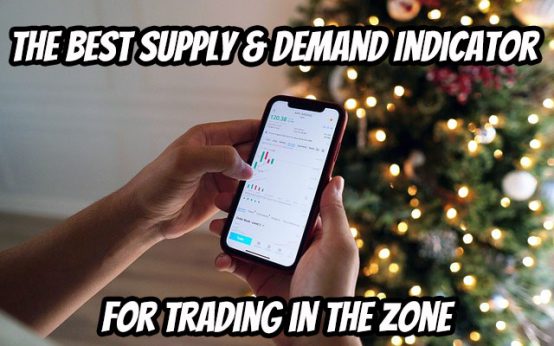 The Best Supply and Demand Indicator for Trading in the Zone
The Best Supply and Demand Indicator for Trading in the Zone 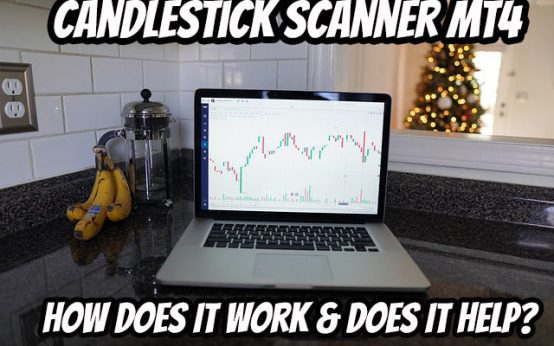 Candlestick Scanner MT4: How Does It Work & Does It Help?
Candlestick Scanner MT4: How Does It Work & Does It Help? 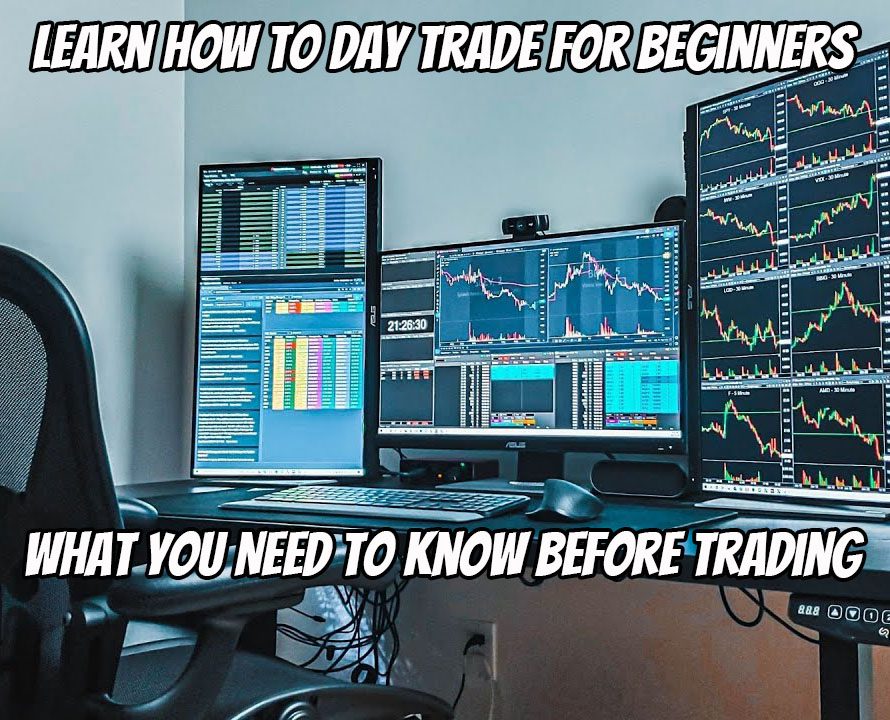 Learn How to Day Trade for Beginners – What You Need To Know Before Trading
Learn How to Day Trade for Beginners – What You Need To Know Before Trading 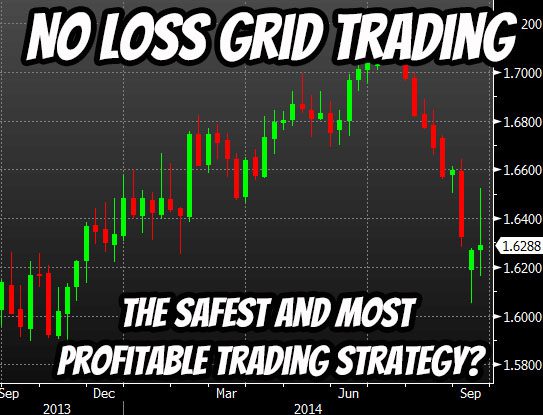 No Loss Grid Trading – The Safest and Most Profitable Trading Strategy?
No Loss Grid Trading – The Safest and Most Profitable Trading Strategy? 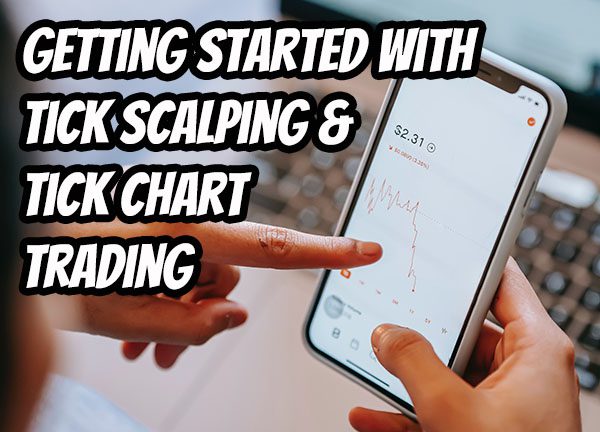 Getting Started With Tick Scalping & Tick Chart Trading
Getting Started With Tick Scalping & Tick Chart Trading  Shark Fin Trading Indicator: Here’s How to Discover This Harmonic Trading Pattern
Shark Fin Trading Indicator: Here’s How to Discover This Harmonic Trading Pattern